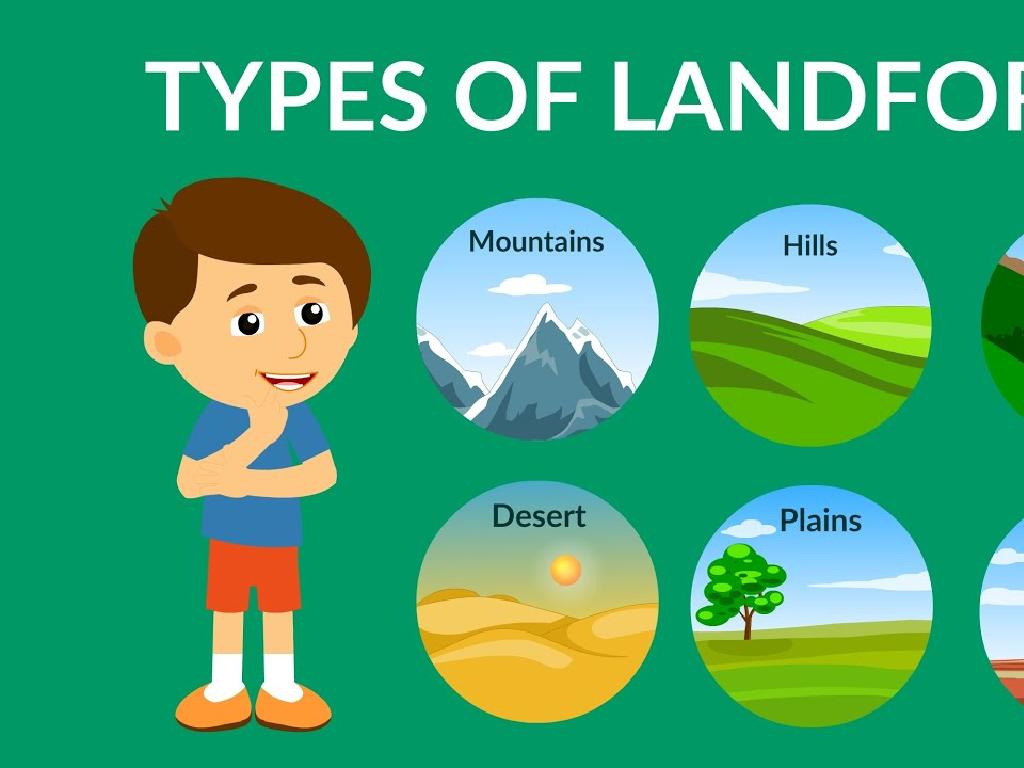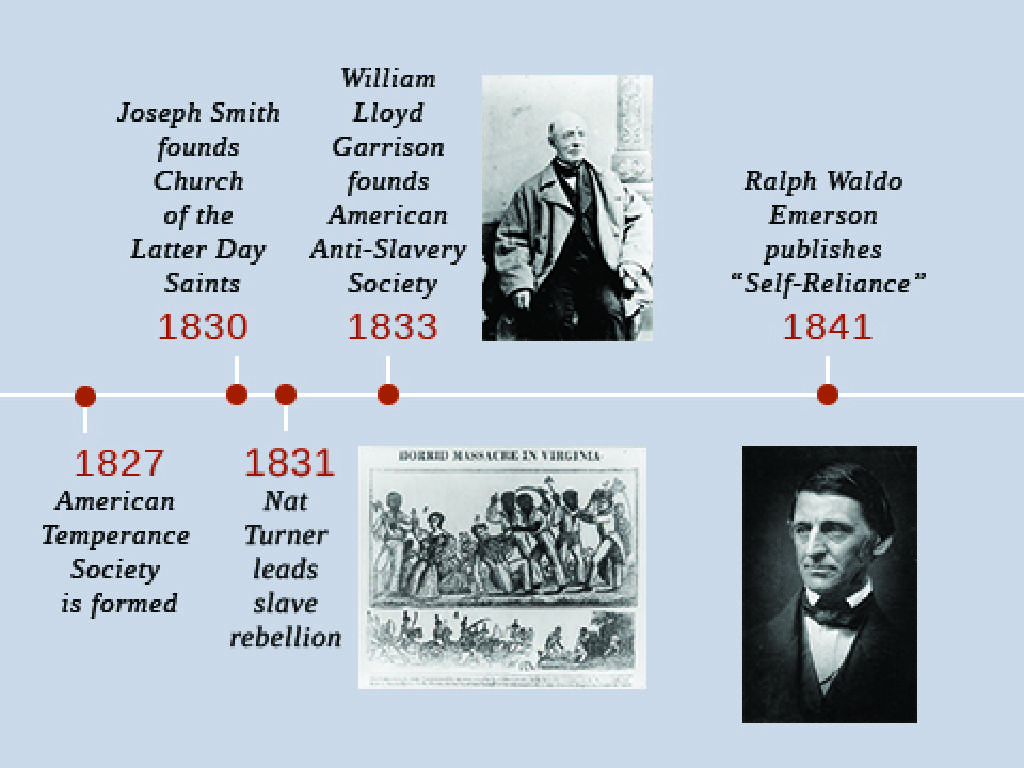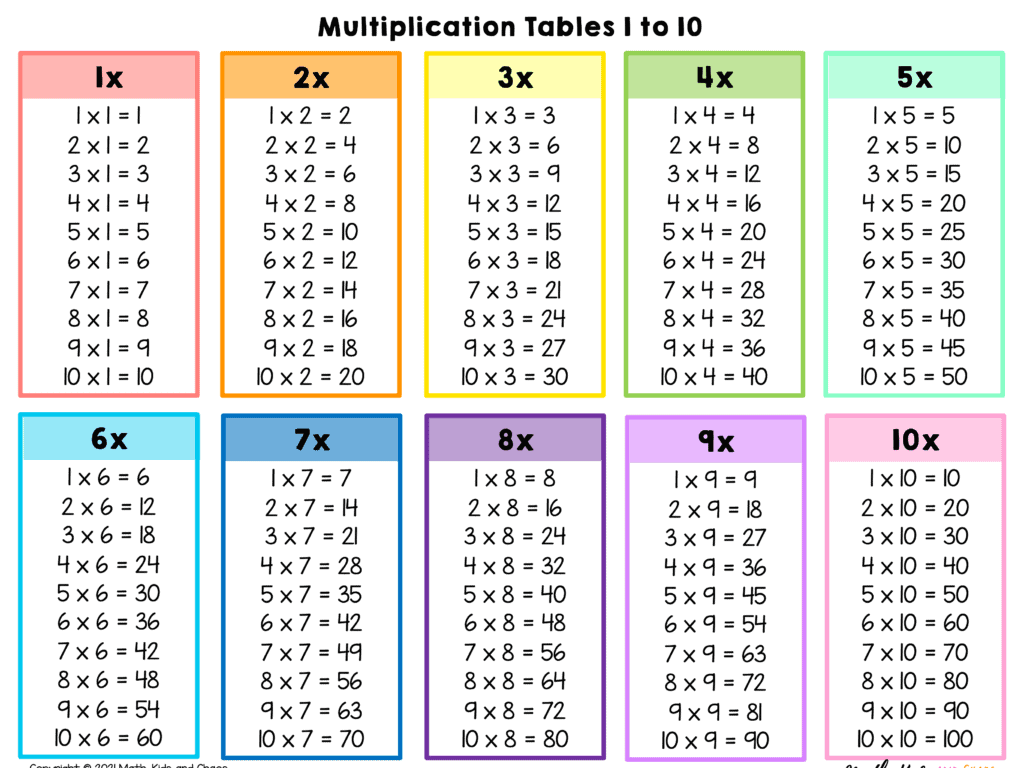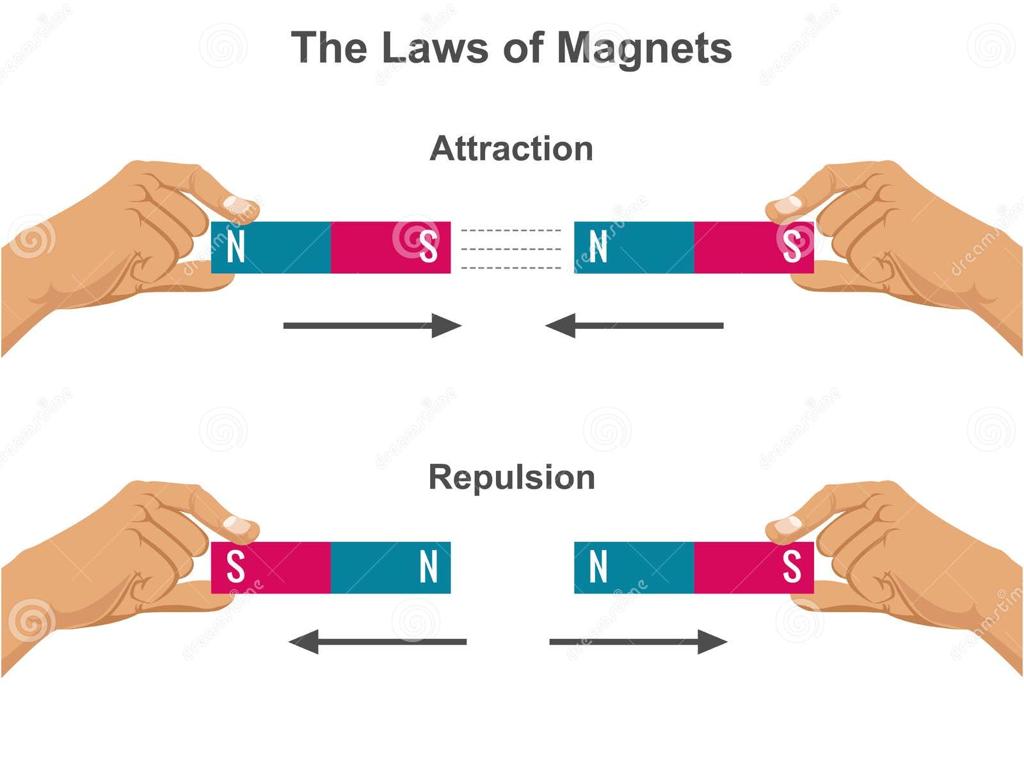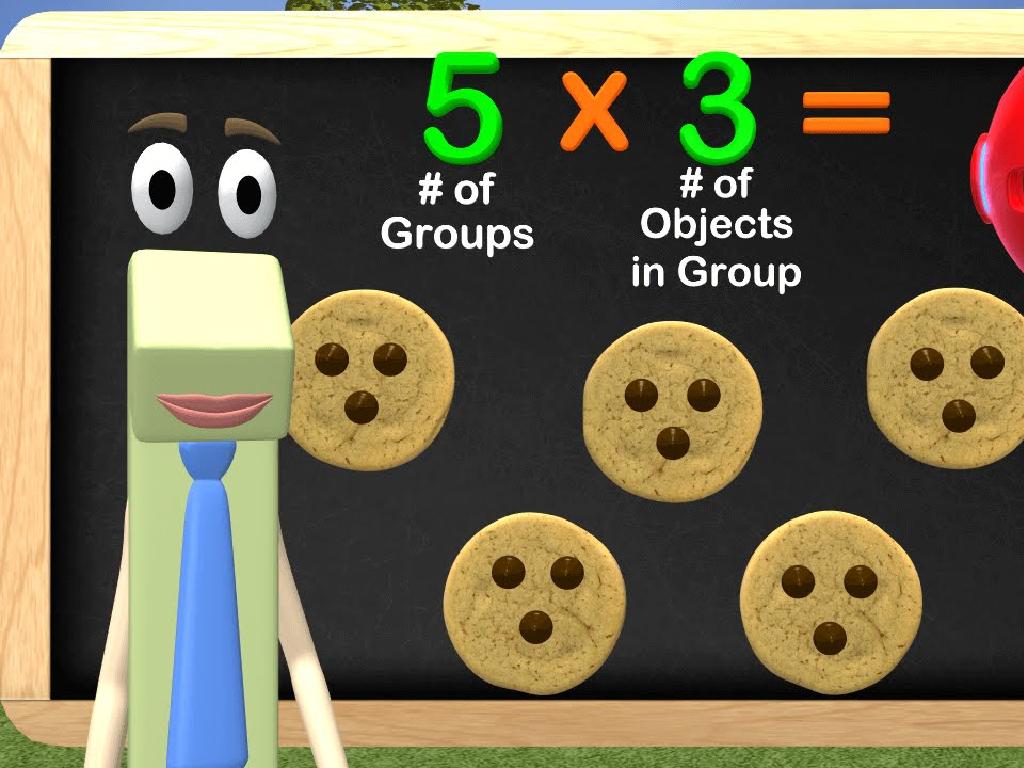Find The Complete Sentence
Subject: Language arts
Grade: Kindergarten
Topic: Sentences
Please LOG IN to download the presentation. Access is available to registered users only.
View More Content
Welcome to Sentences!
– What is a sentence?
– A sentence is a group of words that tells a complete thought.
– Sentences are building blocks
– Why sentences matter
– Sentences help us share ideas and tell stories.
– Practice finding sentences
– We’ll look at examples and find sentences together.
|
This slide introduces kindergarteners to the concept of sentences. Start by explaining that a sentence is like a puzzle made up of words that fit together to make a complete picture or thought. Emphasize that sentences are the building blocks of communication, allowing us to express our ideas, ask questions, and tell stories. Explain why understanding sentences is important for reading and writing. Engage the students with simple examples and encourage them to practice finding sentences in their favorite books or in classroom materials. The goal is to make them comfortable with identifying sentences and understanding their purpose.
What Makes a Sentence?
– A sentence is like a puzzle
– Sentences have fitting pieces
– Think of it like building blocks that come together to make something whole.
– Every sentence needs a subject
– The subject is who or what the sentence is about.
– Every sentence needs a verb
– The verb tells us what the subject is doing.
|
This slide introduces the basic components of a sentence to Kindergarten students. Begin by explaining that a sentence is similar to a puzzle where each piece has its place, and when those pieces fit together correctly, they form a complete picture or in this case, a complete thought. Emphasize that just like puzzles have different pieces, sentences have different parts that must come together. The subject of a sentence is the person, place, thing, or idea that is ‘doing’ or ‘being’ something. The verb is the action word that describes what the subject is doing. Use simple and relatable examples to illustrate these concepts, such as ‘The cat (subject) runs (verb).’ Encourage the children to think of sentences as small stories that need a who (subject) and a what (verb) to be complete.
Building Blocks of a Sentence
– Every sentence has a subject
– The subject is the main focus, like ‘cat’ or ‘dog’.
– Sentences have a verb
– The verb is an action word, like ‘run’ or ‘jump’.
– Subjects do the action
– If ‘dog’ is the subject, the verb could be ‘barks’.
– Let’s see an example together!
|
This slide introduces the basic components of a sentence to Kindergarten students. Start by explaining that a sentence is like a puzzle that needs certain pieces to be complete. The subject of a sentence is the person, place, thing, or idea that the sentence is about. The verb is the action that the subject is doing. Use simple and relatable examples to illustrate these concepts, such as ‘The cat (subject) sleeps (verb).’ After explaining, show an example on the board or with flashcards, and ask the children to identify the subject and the verb. This interactive approach will help them understand how sentences are formed and the role of each part.
Finding Complete Sentences
– Recognize a complete sentence
– Identify the subject in sentences
– ‘The dog’ and ‘Sara’ are subjects
– Find the verb in sentences
– ‘runs’ and ‘smiles’ are verbs
– Practice with example sentences
– ‘The dog runs.’ and ‘Sara smiles.’
|
This slide is aimed at helping Kindergarten students understand the structure of a complete sentence. A complete sentence must have at least a subject and a verb. The subject is who or what the sentence is about, and the verb tells us what the subject is doing. Use simple examples like ‘The dog runs.’ where ‘The dog’ is the subject and ‘runs’ is the verb. Similarly, ‘Sara smiles.’ has ‘Sara’ as the subject and ‘smiles’ as the verb. Encourage the students to identify the subject and verb in these sentences. You can extend the activity by asking students to come up with their own sentences or find subjects and verbs in a book they are reading.
Finding Complete Sentences
– What is a complete sentence?
– It’s like telling a whole story in one go!
– Begins with a capital letter
– Just like how names start with big letters
– Ends with a punctuation mark
– Look for a dot, a question mark, or an exclamation
– Tells a full idea
– Make sure it has a subject and a verb to be complete
|
This slide introduces kindergarteners to the concept of a complete sentence. Emphasize that a complete sentence is like a mini story that has a beginning, middle, and end. It starts with a capital letter, which they can relate to the way names are written. The ending punctuation is important as it shows the sentence is finished, like stopping at a red light. Finally, ensure they understand that a sentence needs to express a full idea, which typically includes a subject (who or what) and a verb (what’s happening). Use simple and relatable examples to illustrate each point, such as ‘The dog barks.’ for a complete sentence with all elements present.
Let’s Practice Finding Complete Sentences!
– I’ll show sentences on the board
– You tell me if they’re complete
– Understand what makes a sentence
– A complete sentence has a subject and a verb and expresses a complete thought.
– Ready? Let’s play a sentence game!
|
This slide is for a classroom activity designed to help Kindergarten students understand the concept of complete sentences. Start by explaining that a complete sentence must have a subject (who or what the sentence is about) and a verb (what the subject is doing), and it should express a full idea. Show examples of sentences on the board and ask the students to identify if they are complete or not. Encourage participation by making it a game where each student gets a turn. Provide immediate feedback to reinforce learning. For example, use simple sentences like ‘The dog barks.’ and incomplete ones like ‘Went to the store.’ to illustrate the difference. This interactive activity will help students recognize complete sentences in their reading and writing.
Sentence Scavenger Hunt Activity
– Let’s go on a scavenger hunt!
– Find items in our classroom
– Create a sentence with each item
– For example, ‘I see a clock.’ or ‘The book is big.’
– Begin with a capital, end with a period
– This helps us remember sentence rules.
|
This interactive class activity is designed to engage Kindergarten students in identifying and forming complete sentences. By searching for objects in the classroom, students will create their own sentences, ensuring they start with a capital letter and end with a period. Teachers should facilitate the activity by guiding students through the classroom, helping them find items, and encouraging them to say or write sentences about those items. Possible variations of the activity could include working in pairs, drawing the items they find, or even creating a classroom display with their sentences. The goal is to make learning sentence structure fun and memorable.
Celebrating Complete Sentences
– Great job on finding sentences!
– Understanding complete sentences
– A complete sentence has a subject and a verb.
– Time for a big applause!
|
This slide is meant to congratulate the students on their achievement in learning how to identify complete sentences. It’s important to reinforce their understanding that a complete sentence must have a subject and a verb, and express a complete thought. Celebrate their success with a big round of applause to boost their confidence and encourage their participation. This positive reinforcement helps to solidify the concept in their minds and makes the learning experience enjoyable. In the next class, continue to practice with new sentences and gradually introduce more complex structures.

